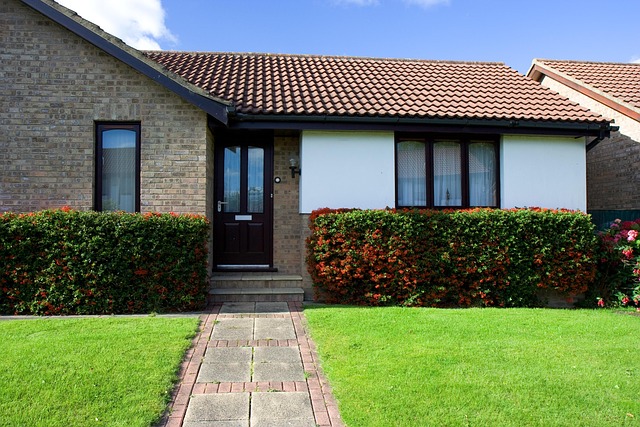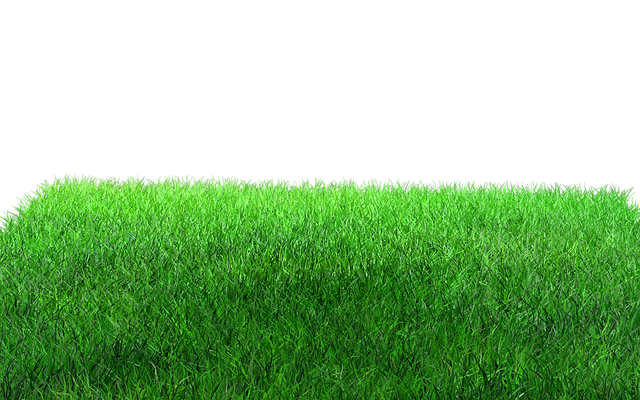Understanding your property's unique Lawn Care and landscaping landscape is key to achieving successful results. Professionals start with detailed site analyses, considering topography, climate, soil health, and existing vegetation. This information is crucial for integrating functional and aesthetic goals while adhering to practical constraints like budget and maintenance needs. A strategic approach ensures sustainable, tailored designs that enhance outdoor spaces through effective practices, focusing on plant selection, drainage, sunlight exposure, and ecosystem integration. Meticulously evaluating site conditions, including soil analysis, drainage, sunlight, and existing vegetation, guides design decisions for harmonious, vibrant, and sustainable Lawn Care and Landscaping.
“Unleash your outdoor space’s potential with expert landscaping design and implementation. From initial assessment to final touches, this comprehensive guide navigates the transformation of any area into a vibrant, functional landscape.
We explore every step, from understanding your unique site conditions and creating tailored concepts to designing aesthetically pleasing spaces that seamlessly blend natural elements and man-made features. Learn how to choose plants suited for your climate, incorporate patios and water features, and plan for seasonal interest.
Discover the art of lawn care and landscaping, where vision becomes reality.”
- Understanding Your Landscape: Assessment and Planning
- – Identifying your space: measuring and analyzing the area to be landscaped
- – Evaluating site conditions: soil quality, drainage, sunlight exposure, and existing vegetation
Understanding Your Landscape: Assessment and Planning

Understanding your landscape involves a thorough assessment of the existing conditions, including topography, climate, soil composition, and existing vegetation. This critical step in lawn care and landscaping design is often overlooked but sets the foundation for successful implementation. Professionals in this field begin by conducting detailed site analyses, taking measurements, and identifying unique features that will influence the final design.
Effective planning involves considering functional and aesthetic goals, as well as practical constraints like budget, timeframes, and maintenance requirements. By integrating these considerations, designers can create a harmonious landscape that enhances outdoor living spaces while aligning with the client’s vision. This strategic approach ensures the resulting lawn care and landscaping efforts are both sustainable and tailored to the specific needs and desires of the property owners.
– Identifying your space: measuring and analyzing the area to be landscaped

Before diving into the world of lawn care and landscaping design, it’s crucial to start by identifying and understanding your space. The first step involves measuring the area meticulously, taking note of dimensions, contours, and any existing features or structures. This foundational information is key for creating a tailored landscape that fits seamlessly with your property.
Once measured, analyze the space critically, considering factors like sunlight exposure, drainage patterns, and proximity to buildings or other landmarks. These insights will guide you in selecting appropriate plants, determining seating areas, and planning pathways—all while enhancing the overall aesthetics and functionality of your outdoor space through effective lawn care and landscaping practices.
– Evaluating site conditions: soil quality, drainage, sunlight exposure, and existing vegetation

When embarking on a lawn care and landscaping project, thoroughly evaluating the site conditions is paramount to achieving successful design implementation. Key factors include assessing soil quality, understanding drainage patterns, determining sunlight exposure, and considering existing vegetation. Soil analysis helps identify nutrient levels and pH balance, guiding the selection of suitable plants and grass types. Proper drainage ensures water doesn’t pool, preventing erosion and root rot while promoting a healthy lawn. Sunlight exposure dictates where to place sun-loving shrubs and flowers versus shade-tolerant varieties. Existing vegetation provides insights into the current ecosystem, helping to integrate new designs seamlessly and preserve local flora when desired.
Evaluating these site conditions allows for informed decisions about planting zones, hardscape placement, irrigation systems, and overall aesthetic harmony. It’s crucial to understand the unique characteristics of each area—from the sun-drenched open spaces to partial shade areas under trees—to create a vibrant and sustainable landscape that flourishes throughout the seasons.
Incorporating effective landscaping design and implementation requires a thorough understanding of your unique space. By meticulously identifying your landscape, evaluating essential site conditions like soil quality, drainage, sunlight exposure, and existing vegetation, you lay the foundation for a successful lawn care and landscaping transformation. This strategic approach ensures that your final result not only enhances aesthetics but also adapts to the specific needs of your property, creating a vibrant outdoor environment that flourishes year-round.






